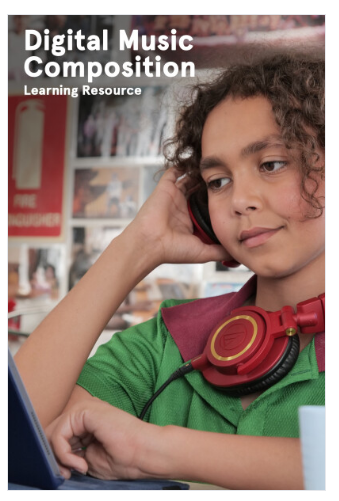Lights, camera, action!
Sound capture
Sound capture
Capturing sound is a key element when producing a film.
Consider what type of microphone you will use. None at all, earbuds, lapel mic, microphone?
Consider what the weather will be like. Windy for instance will impact sound quality.
Consider your surroundings and what might impact your shot day. You wouldn’t want a noisy lawnmower turning up while trying to film a relaxing picnic at the park!
Adjusting your sound
Check your audio levels when recording and also when editing. Once the volume level goes above 0db on the audio meter, it clips and distorts, resulting in a harsh sound and a loss of quality.
Keep the volume down around the -6db mark for the loudest moments - you can check this on your audio meter in your editing program.
This will give you good quality clean audio with some room for adjustment to balance the audio all equally during the post-production editing and finalising process.
Create your own digital sounds
Resource from Australian Children's Television Foundation
If you love to compose, some fantastic resources are available to help you learn to use digital tools to support your film.
Take a look at the Digital Music Composition Learning Resource by the Australian Children’s Television Foundation on how to use digital resources to compose for film.
It features an indigenous film, ‘Red Dirt Riders’, and shows how the sound was produced by 16 students on simple music programs such as Garage Band and SongMaker.

- Third-party content attributions
-
The Australian Children's Television Foundation – Digital Music Composition Learning Resource